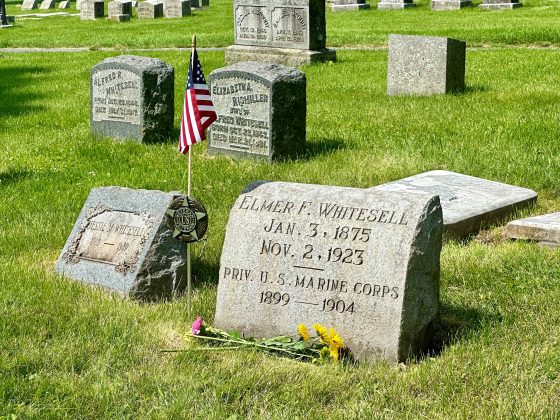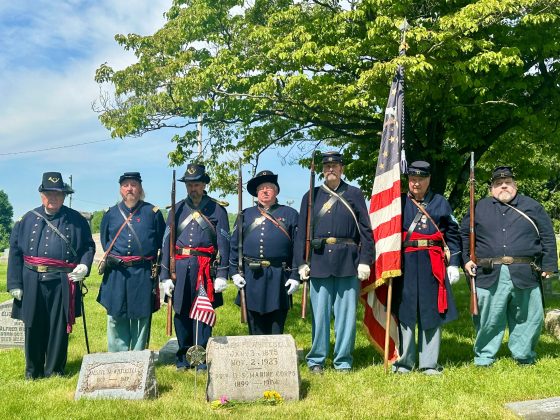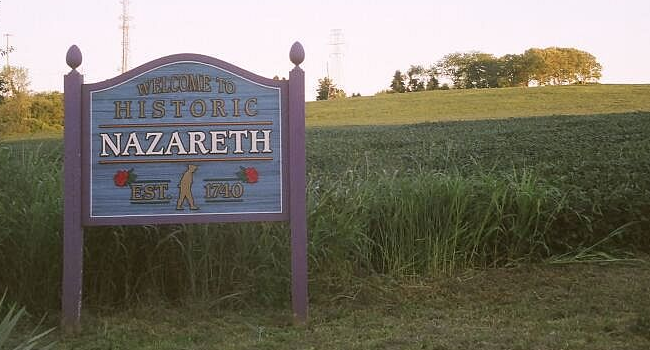Memorial Day weekend is full of remembrance, celebration, pool openings, family, friends and good old-fashioned hot dogs and hamburgers. However, Memorial Day isn’t as widely understood as some may think.
Originally known as Decoration Day, Memorial Day began on May 30, 1868 as a day to honor and mourn fallen Union soldiers following the end of the American Civil War. However, there were similar ceremonies that took place in both the North and the South as far back as 1861 with much debate surrounding the founder(s) of Decoration Day.
The national day of observance gained official recognition as a holiday amongst a number of states in subsequent years, and the aftermath of two world wars molded it into a day of remembrance for all U.S. military members that fought and died in service.
In 1971, Congress changed the name from Decoration Day to Memorial Day and changed the day of observance, so that the holiday would always occur on the last Monday of May.
Christopher Holub is a U.S. History teacher at Jim Thorpe Area High School and a member of the 153rd Pennsylvania Volunteer Infantry who was gifted Private Elmer F. Whitesell’s discharge paper in January.
Holub didn’t have much to go on, but he began his four-month search for more information on Whitesell right away.
According to his discharge paper, Whitesell was born on Jan. 3, 1875, making him 24 years old when he enlisted. He was 5 feet 4 inches tall with blue eyes, black hair and a fair complexion.
The paper also documented that he was born in Illinois, he was a painter prior to his enlistment and he enlisted in the U.S. Marine Corps on July 25, 1899 in Philadelphia. Whitesell is also documented as having served his full five-year enlistment upon his separation.
On the other side of Whitesell’s discharge paper, Whitesell’s “battles, engagements, affairs or skirmishes” are listed, including his involvement in the Boxer Rebellion in Northern China and the dates for about 15 engagements across Asia.
Holub did some digging on Ancestry Records and found several records of Whitesell’s participation in engagements and is recorded as having participated in the march across Samar where the Marines were attacked by Filipino insurgents.
After having survived five years of service in the U.S. Marine Corps and numerous tumultuous engagements, Whitesell made it home to Bath, where he lived out the rest of his years.
However, at just 48 years of age, Whitesell was hit by a car while crossing the street and suffered a skull fracture that killed him just four days later on Nov. 2, 1923.
According to his obituary, Whitesell never married, didn’t have any children, was survived by five siblings and is buried in Green Mount Cemetery.
Holub found Whitesell’s grave on Find a Grave, but it was unclear where in the cemetery he was buried. Eventually Holub found the headstone of Whitesell, which was illegible and unkempt from almost 101 years of dirt and decay.
Holub divulged that if he had not known at least the shape of the headstone, he may have never found Whitesell’s final resting place.
Then, on May 19, Holub and his son Daniel cleaned Whitesell’s headstone amongst several other fallen soldiers in the cemetery, restoring them to their former glory.
Holub presented the story to his fellow 153rd Regiment members, who agreed to honor Whitesell during a Dedication Day ceremony over Memorial Day weekend.
So, on the bright, sunny morning of Saturday, May 25, members of the 153rd Pennsylvania Volunteer Infantry Regiment dressed in their Civil War reenactment uniforms to honor and remember Whitesell and several other soldiers throughout the Green Mount Cemetery by presenting arms in formation and laying flowers at each of the soldiers’ graves.
Holub’s presentation during the ceremony detailed his journey to find, learn about and commemorate Whitesell and several other fallen soldiers. Now, the soldiers of the gravesites he restores will live on for centuries to come.










